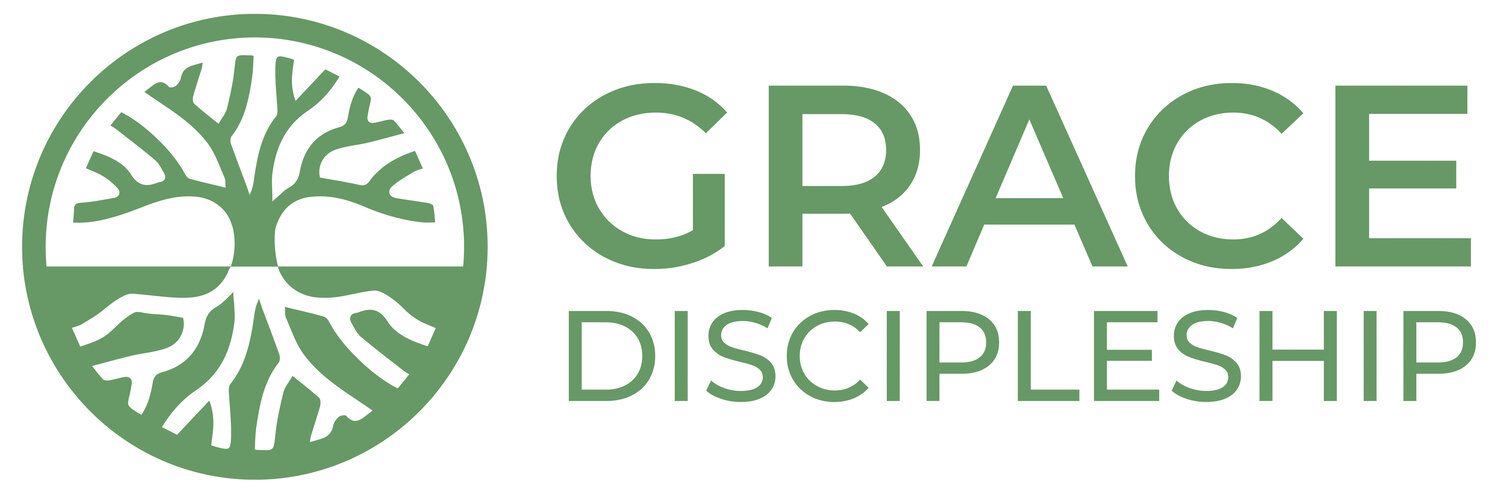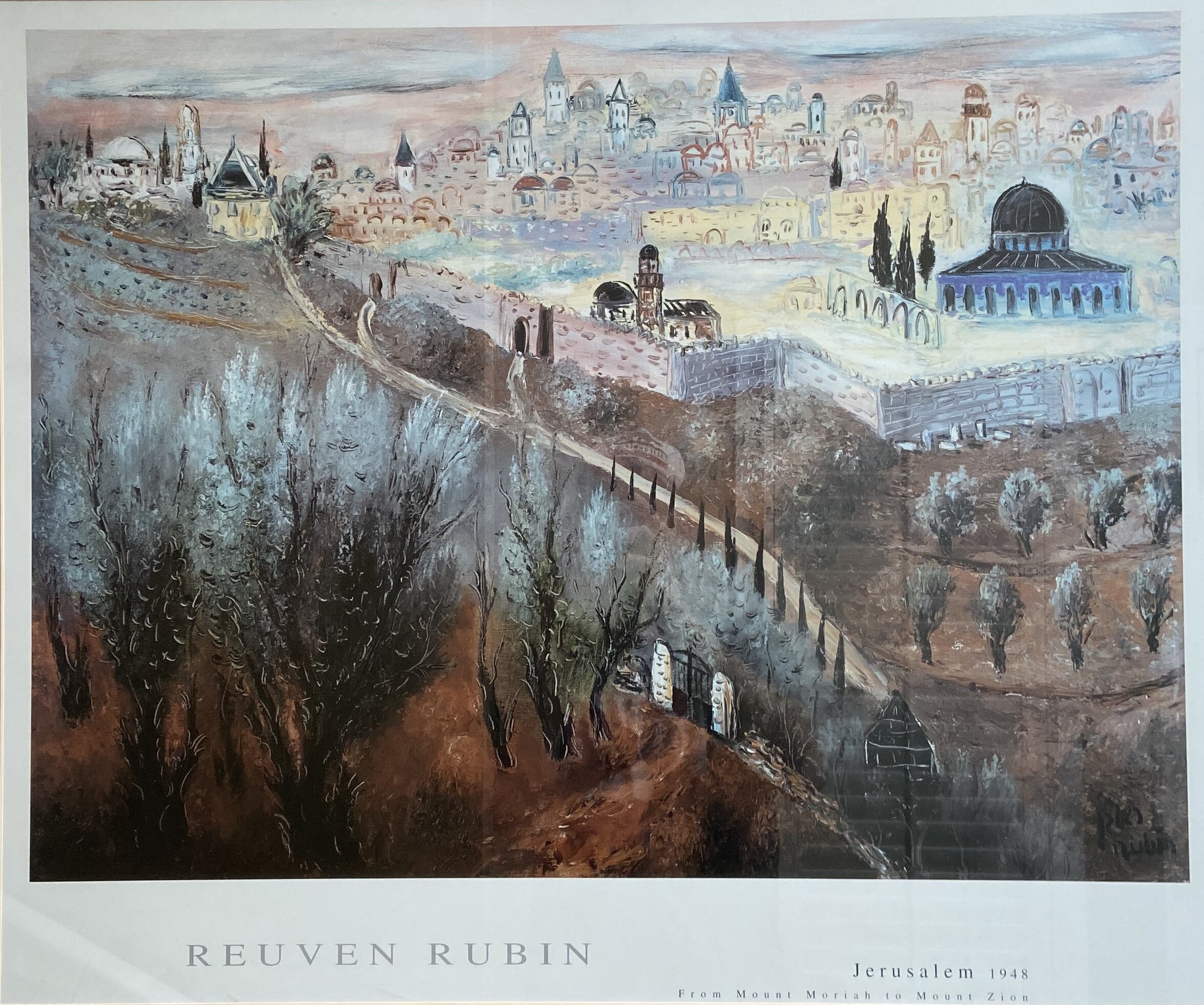Pain and Pace: How a slower reading of Scripture can lead to healing
This post feels like a page out of my journal. I hope this reflection offers grace to you today.
In early January 2021 I wished for a new start and fresh perspective but my soul seemed surrounded by so many difficulties. In all directions I saw shame, fear and frustration.
The shame of not measuring up as a parent.
The fear of being alone.
The frustration of our nation's division.
My soul was besieged.
Defeat seemed inevitable.
Then on a mid-January morning I sat down to read my new study Bible (that went along with my "new start.") I had a reading plan in mind but couldn't start hustling through Genesis chapters 1-3 and Matthew 1-2.
So I released my plan and went straight to Psalm 31. I'm not sure why I went there.
I was struck by the image of Jerusalem being surrounded by an enemy (v. 21). I resonated with that image and sensed God's Spirit saying, "stay in this psalm for a while."
So for the next seventy-five mornings, I slowly read Psalm 31. I read it over and over. The pain of shame didn't necessarily go away BUT it began to be re-framed and accompanied.
Shame comes up several times in the Psalm 31 (v. 1,11,12,17) and it runs alongside of God's promise of refuge. The eyes of my heart started to open.
I discovered that a slow, meditative walk through this passage was healing to my soul. Pain always runs deep but never beyond the love of God (v. 22, 23).
My soul was no longer besieged with despair but gradually (slowly) I was awakened to love.
Ps. 31:21 “Praise be to the Lord, for he showed me the wonders of his love when I was in a city under siege.”
Seeing the unseen God who loves me dearly, that's the praise here. The presence of God and the Word of God painted an eye-catching masterpiece with Psalm 31:21.
Scot McKnight once said, “We must connect a sense of God’s presence with reading his word.” And I would add: Therefore interact slowly with God's Word and put yourself in the path of transformation.
That’s my take away for this journal entry.
Even as I write in early May, my heart still aches. Yet, I’m committed to a slow, prayerful walk with God through the Scriptures.
Is there a place to plan and read the Bible quickly? Sure. But a slow, attentive walk has proven beneficial and has allowed me to enjoy God's work.
Sarah Cascone wrote about why visitors of art museums are taking less time looking at art. Her research states the average museum goer spends only 27 seconds looking at famous works of art. Therefore museums across the world are trying to change that statistic. Many are joining forces to help people slow down to look at masterpieces.
Cascone and others created the Slow Art Day and challenged museum-goers to spend ten minutes looking at a single work of art, focusing intently on the piece before them. The initiative is “counter-cultural to the smartphone and its growing dominance in culture.”
I love this analogy of slowing down to encounter works of art. We all need to take less looks at our phones and longer looks at God's illustrated Story.
Help me remember to slow down my Scripture reading, especially when I sense overwhelming hurt.
A friend reminded me recently that slow reading can become deep prayer. The same words David uttered to God in Jerusalem can be our conversation in similar times of difficulty.
I want to see God with my mind’s eye and refocus on the unseen realities of God’s presence. Biblical meditation is so underrated.
I desire to let God do something beautiful in me even during impossible situations. Beauty and harshness aren’t always separated. Even when all the hard facts are in, I can still walk in love.
Jerusalem was a harsh, violent environment for so many years yet it was the canvas for the story of Jesus to be painted.
Even today (especially in this month of May), I need those broad strokes of grace. The world needs to see those images of God through me.
Please pray that I move toward the hurting in this crazy world and be an expression of the great Artist (Eph. 2:10).
Thanks for reading my journal with me today.
I’ll end with a thought from the slow art analogy and words from the Rubin Museum’s docent:
“To view art slowly is to take the time to be fully present and to initiate a meaningful conversation between one’s own mind and heart and that of the artist.”
May it be so.
John Freeman

